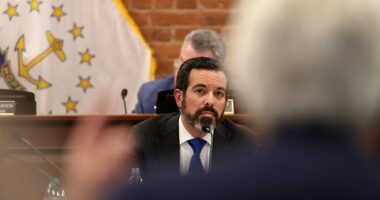Share this @internewscast.com

A recent study has shed light on the financial struggles facing Floridians, revealing a significant portion of the population is contemplating relocation due to the rising cost of living.
FLORIDA, USA — As the financial strain intensifies, nearly half of Florida residents are pondering a move out of the state, according to a survey conducted by the Business and Economic Polling Initiative at Florida Atlantic University. The economic pressures have led many to question the feasibility of continuing their lives in the Sunshine State.
The survey results indicate that about 50% of participants have considered leaving Florida, driven by concerns over affordability and economic sustainability.
Furthermore, the poll highlights that 42% of residents feel disconnected from the “American Dream,” as escalating housing costs and daily expenses render this ideal increasingly unattainable.
“While the belief in the ‘American Dream’ remains strong among Floridians, the financial toll is significant,” noted Monica Escaleras, Ph.D., chair of the economics department and director of the Business and Economic Polling Initiative. “Florida continues to offer the promise of sun and growth, but maintaining this lifestyle is becoming more costly.”
The study thoroughly examined economic concerns, household budgets, and constraints to determine whether the “American Dream” is still perceived as a viable goal for those living in Florida.
The poll also revealed these key findings about Floridians:
- 90% of residents are at least somewhat concerned about inflation
- 80% concerned about housing affordability
- 43% say they live paycheck to paycheck
- 48% have emergency funding that could cover three months of expenses
- 36% are confident that their household will improve in 2-5 years
“For most Floridians, financial security feels one expense away from collapse,” Escaleras said. “Many of those surveyed attributed the high cost of living to not being able to save more.”
The survey took answers from adults ages 18 and older, with over 1,000 respondents between Sept. 30 and Oct. 10.
















